|
Flint
Glass Wharf, Jersey Street, Ancoats
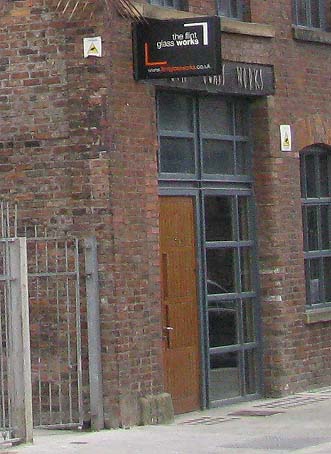 As you can see from the
signs above the door of this refurbished office
block on Jersey Street, the Flint Glass Works is
once again open for business. Behind the brick
built block stands a modern apartment complex providing 136 -
1, 2 and 3 bedroom apartments and 4 self contained
commercial spaces. A semi-basement car park provides
space for 124 vehicles.
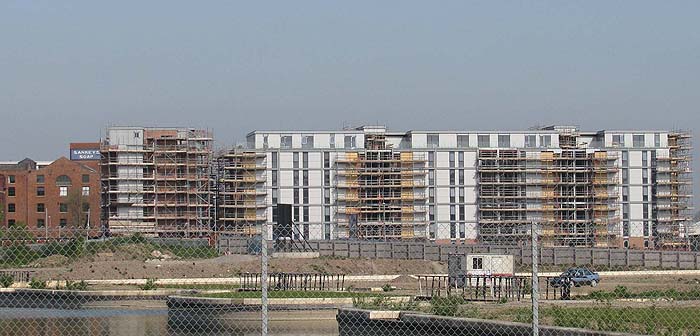 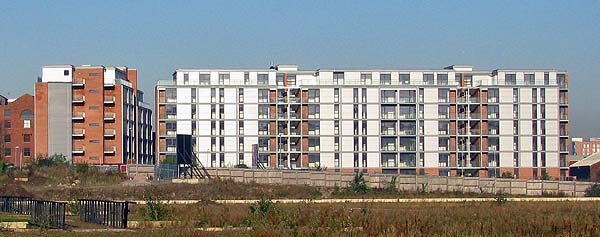 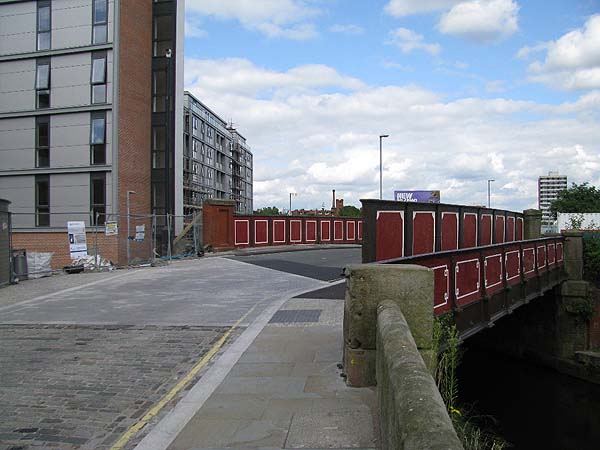 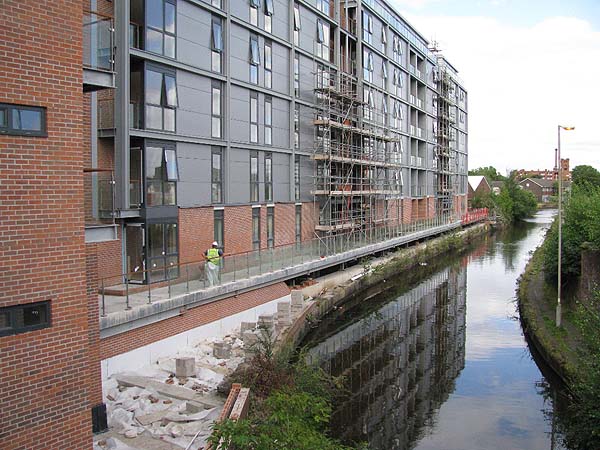  The complex sits on
the site of the Percival, Yates and Vickers
Flint Glass Works, that was established in 1844.
When Yates later left the company the firm
became known as Percival Vickers & Co Ltd.
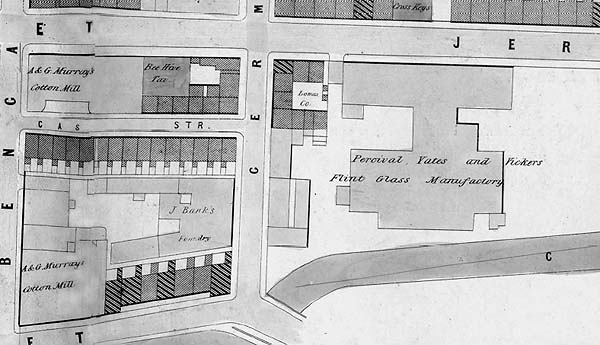 The extract from
the 1851 Adshead Map above is shown with the
permission of Chetham's Library
Flint Glass is made by adding particles of flint to produce a particularly refractive and refined type of glass. It became the standard of excellence in glassmaking until it was discovered that adding lead to the mixture produced even more superior glass. Percival & Yates concentrated on the production of general tableware by a process that involved pressing the softened silica mixture into patterned molds. Examples of their work can be seen in the image below shown with the permission of Ann Murray. For more examples of Manchester glass see www.murrayam.supanet.com. 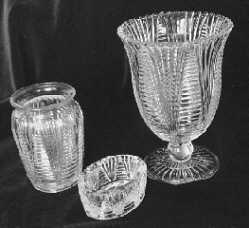 photo by Ann Murray Percival & Vickers issued its final pattern registration in 1902, filed for bankruptcy in 1907, and disappeared off the company lists in 1914. The factory
remained as you can see from the aerial
photographs below dated 1949. Who occupied
them in the intervening years is as yet unknown
to me.
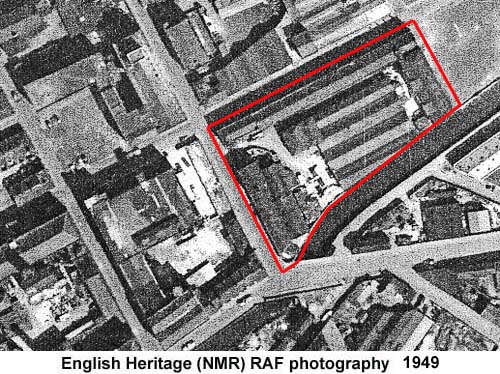 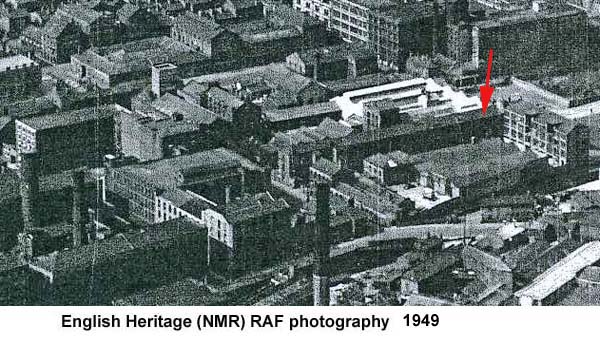 Much of the old
factory has ben demolished although prior to the
construction of the new development
archeological investigations shed some light on
the nature of the old glass furnaces and of the
glass itself. Some of the original factory
buildings have been incorporated into this
mixed-use site.
 Close Window |